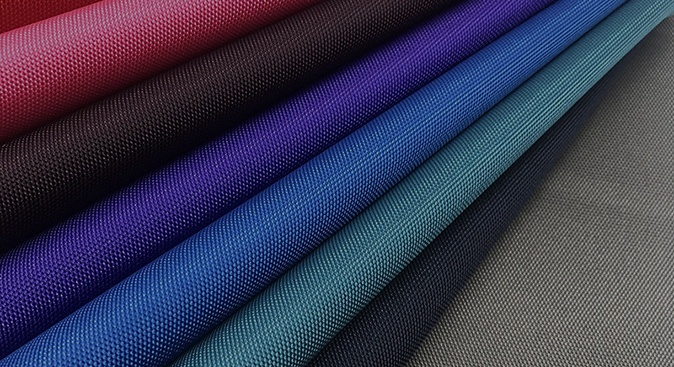600D PU coated fabric is a popular material used in the production of a wide range of bags, including backpacks, luggage, and duffel bags. This type of fabric is made from polyester fibers, which are woven into a tight, durable fabric with a denier count of 600.
But is this fabric the best choice for outdoor products?
The answer is yes.600D PU coated fabric is a versatile and durable material that is well-suited to a wide range of applications. Its combination of strength, water-resistance, and lightweight make it a popular choice for bags, outdoor gear, and other products where durability and performance are key considerations.

Introduction
600D PU coated fabric is a type of fabric commonly used in the production of bags, backpacks, and other similar items. The “600D” refers to the thickness of the fabric, with “D” standing for denier, a unit of measurement for the linear mass density of fibers. The higher the denier count, the thicker and more durable the fabric.
The fabric is also coated with polyurethane (PU), which gives it additional water resistance and durability. This makes it a popular choice for outdoor gear that needs to withstand harsh weather conditions.
In terms of appearance, 600D PU coated fabric can come in a range of colors and textures, depending on the manufacturer. It is also relatively easy to clean and maintain, which makes it a practical choice for everyday use.

Why it’s Important for Importers
Firstly, 600D PU coated fabric is a popular material used in the production of backpacks due to its durability, water-resistance, and abrasion resistance. This means that the backpack can withstand harsh weather conditions, heavy usage, and rough handling without tearing or wearing out easily.
Additionally, the PU coating provides an added layer of protection against water and moisture, ensuring that the contents of the backpack remain dry and safe. This is particularly important for backpacks used in outdoor activities such as hiking, camping, and traveling.
Furthermore, the 600D specification indicates that the fabric is made with high-quality yarns, which are tightly woven together to create a sturdy and strong material. This also means that the fabric is less likely to stretch or shrink over time, ensuring that the backpack maintains its shape and structure.
Knowing about 600D PU coated fabric is crucial for importers and backpack manufacturers as it provides a durable, water-resistant, and abrasion-resistant material that can withstand heavy usage and harsh weather conditions.
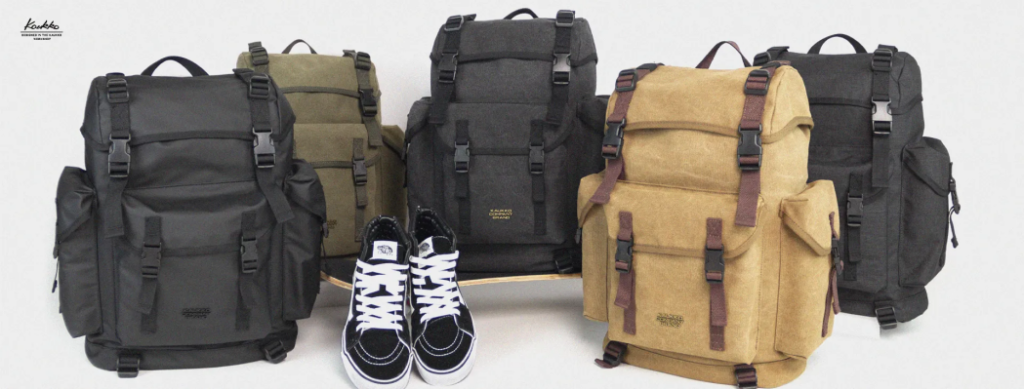
What is 600D PU coated Fabric?
Definition
600d fabric is a strong and durable textile commonly used in the production of bags, backpacks, and outdoor gear. The “600d” in its name refers to the thickness of the threads used in the fabric, with each thread having a thickness of 600 deniers. It is made from materials like nylon and polyester and is resistant to abrasion, tearing, and punctures. 600d fabric comes in a variety of colors and finishes, making it a versatile choice for both functional and aesthetic applications. Overall, it is a reliable and popular choice for heavy-duty products.
Benefits
PU coating, or polyurethane coating, is a type of coating applied to fabrics to make them more durable and water-resistant. It involves applying a layer of polyurethane to the surface of the fabric, which forms a protective barrier against moisture, abrasion, and other forms of damage.
One of the key benefits of PU coating is its ability to make fabrics waterproof. This is especially important for materials used in the manufacturing of bags, backpacks, and other outdoor gear. PU coating can also enhance the fabric’s resistance to UV rays, chemicals, and general wear and tear.
Another advantage of PU coating is that it allows for the creation of more breathable fabrics. Because it is a thinner coating than some other types of coatings, such as PVC, it does not inhibit the passage of air and moisture as much. This can be especially beneficial for items like rain jackets, where breathability is crucial to prevent overheating and discomfort.
In addition to its protective properties, PU coating can also improve the aesthetic qualities of fabrics. It can add a glossy or matte finish and can enhance the colors and patterns of the fabric. This makes it a popular choice for designers who want to create fabrics that are both functional and visually appealing.

Advantages of use for Produce Backpack
Durable: 600d PU coated fabric is made of high-density polyester, which is extremely durable and wear-resistant. It can withstand frequent use and abrasion, making it perfect for backpack production.
Water-resistant: The polyurethane coating on the fabric makes it water-resistant, protecting the contents of the backpack from getting wet. This is particularly important for outdoor activities or rainy days.
Easy to clean: Due to its water-resistant properties, 600d PU coated fabric is easy to clean. You can simply wipe it down with a damp cloth to remove any dirt or stains.
Lightweight: Despite its durability, 600d PU coated fabric is lightweight, making it ideal for backpack production. It won’t add unnecessary weight to the backpack, making it comfortable to carry for extended periods.
Versatile: 600d PU coated fabric comes in a wide variety of colors and can be printed on, making it a versatile fabric choice for backpack production. It can be used to create unique and attractive designs.
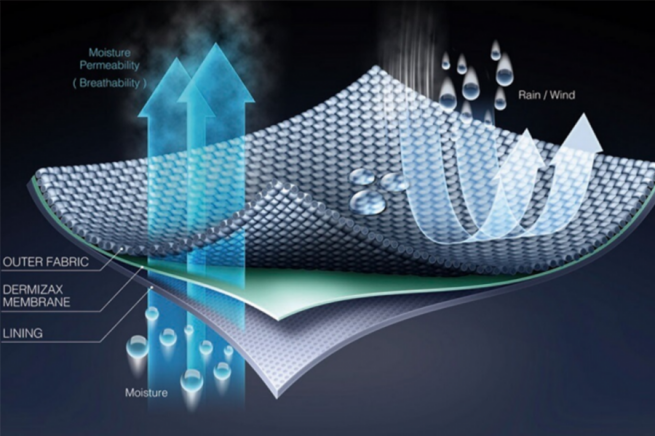
Specification of 600D PU coated fabric
Common Specifications
When it comes to producing bag fabrics, there are several common specifications that are important to consider, such as weight, thickness, and color options. These specifications can greatly impact the final product and its intended use.
Weight: The weight of the fabric is measured in grams per square meter (GSM). A higher GSM typically means a heavier, more durable fabric that can withstand greater wear and tear. However, a lighter fabric can be more comfortable to carry and may be suitable for certain types of bags.
Thickness: The thickness of the fabric is measured in denier (D), which refers to the weight of the yarn used in the fabric. A higher denier means a thicker, more durable fabric. However, a lower denier can still provide adequate strength for certain types of bags.
Color options: The color options for bag fabrics are vast and varied, and can greatly impact the aesthetic appeal of the final product. Choosing the right color or pattern can also help a bag stand out in a crowded market.
Other factors to consider when selecting bag fabric include the weave pattern, texture, and material composition. By understanding these specifications and how they impact the final product, bag manufacturers can produce high-quality bags that meet the needs and preferences of their customers.

How to Select for Backpack Design
When designing a backpack, selecting the right specifications for the fabric is crucial for its durability, functionality, and aesthetics. Here are some factors to consider:
Purpose: What is the backpack going to be used for? Is it for hiking, school, travel, or daily use? Each purpose has different requirements for the fabric’s weight, strength, water resistance, and breathability.
Durability: How durable does the backpack need to be? Will it be exposed to abrasion, punctures, or harsh weather conditions? Fabrics such as Cordura, ballistic nylon, and ripstop nylon are known for their durability.
Weight: How important is the weight of the backpack? If it’s for hiking or travel, lightweight fabric such as Dyneema or Cuben fiber can reduce the overall weight. However, lighter fabrics may sacrifice some durability.
Water resistance: Will the backpack be exposed to rain or water? If so, a waterproof or water-resistant fabric such as nylon with a polyurethane coating or laminated fabric can keep the contents dry.
Breathability: Does the backpack need to be breathable to prevent moisture buildup? Fabrics such as mesh or lightweight polyester can improve breathability.
Some common backpack fabrics include:
Nylon: Lightweight, durable, and water-resistant, nylon is a popular choice for backpacks.
Polyester: Strong, abrasion-resistant, and quick-drying, polyester is a versatile fabric for backpacks.
Cordura: A type of nylon fabric that is known for its exceptional durability and abrasion resistance.
Ballistic Nylon: A type of nylon fabric that is even more durable than Cordura, often used in military-grade backpacks.
Ripstop Nylon: A lightweight nylon fabric with a grid pattern that helps prevent tears and rips from spreading.
Dyneema/Cuben Fiber: The strongest and lightest fabric available, Dyneema and Cuben Fiber are ideal for ultralight backpacks.
Mesh: A breathable fabric that is often used for the back panel, shoulder straps, and pockets of backpacks.
By considering the purpose, durability, weight, water resistance, and breathability of the backpack, you can select the right fabric specifications to achieve the desired design and functionality.
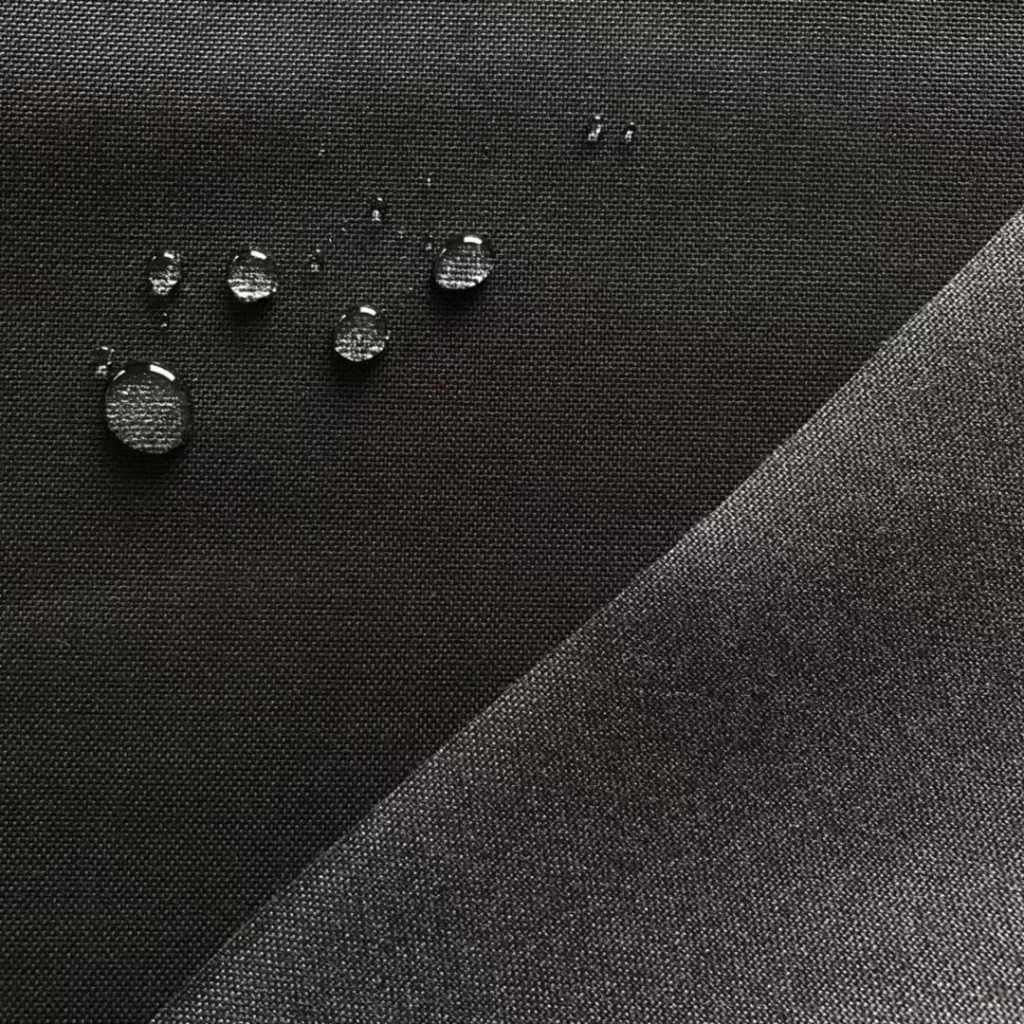
Quality Control Measures for 600D PU Coated Fabric
Importance of Quality Control
Quality control is essential in the production of backpacks, especially when it comes to the selection and use of fabrics. As a manufacturer of backpack fabrics, it is crucial to ensure that the materials used meet the highest standards.
For instance, Oxford fabric is known for its durability, water resistance, and excellent strength, making it a popular choice for backpack production. However, the quality of Oxford fabric can vary depending on the manufacturer, and low-quality fabric can result in weak and easily torn backpacks.
Similarly, polyester fabrics like the popular polyester canvas are favored for their water resistance, durability, and strength. Still, the quality of these fabrics can vary, and if low-quality materials are used, the backpacks produced will not meet the required standards.
Therefore, quality control measures such as thorough inspections of raw materials, rigorous testing of fabrics, and continuous monitoring of the production process are crucial to ensure that only high-quality backpacks are produced.
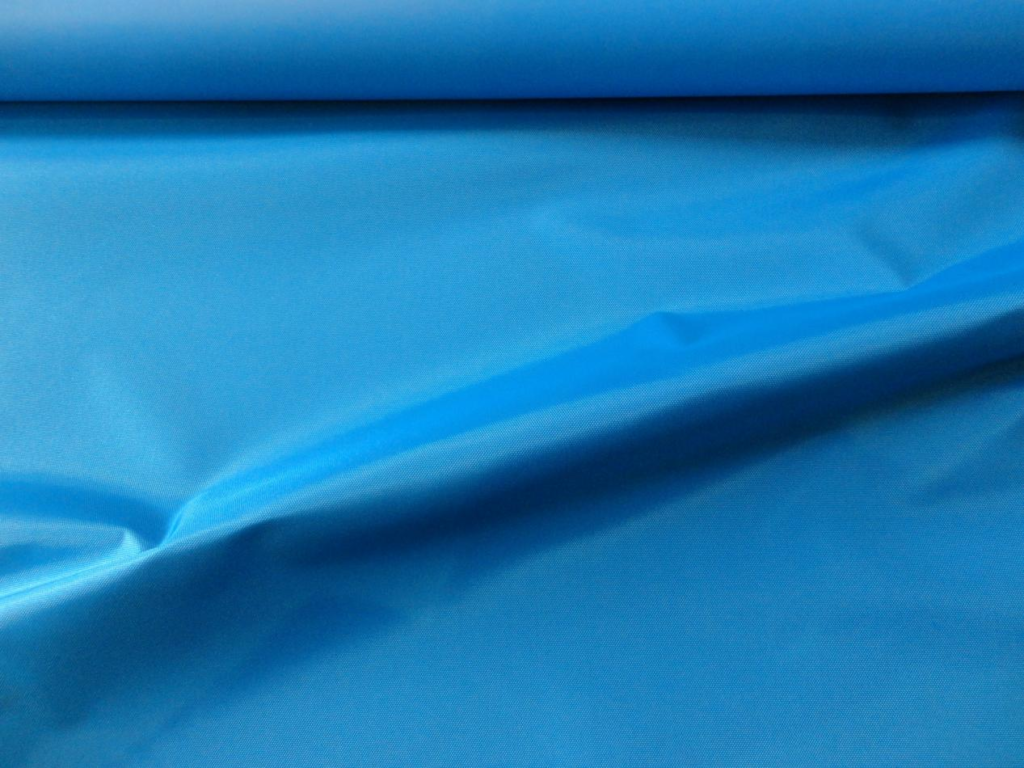
Common Quality Control Measures
As a factory producing bag and luggage fabrics, it is important to implement rigorous quality control measures to ensure the durability and reliability of our products. One type of fabric that requires special attention is 600D PU coated fabric. This fabric is a popular choice due to its high strength, water resistance, and durability. However, it is crucial to ensure that it meets certain quality standards to ensure customer satisfaction.
One of the most important quality control measures for 600D PU coated fabric is testing for strength. The fabric’s tensile strength must be tested to ensure it can withstand the weight and pressure of everyday use. The testing process involves applying a controlled amount of pressure to the fabric until it reaches its breaking point. This test helps to identify any weaknesses in the fabric and ensures that it meets the required strength standards.
Another crucial quality control measure for 600D PU coated fabric is testing for durability. This test involves subjecting the fabric to simulated wear and tear to ensure it can withstand the rigors of everyday use. The fabric is tested for its resistance to abrasion, tearing, and pilling. This test ensures that the fabric can withstand regular use without showing signs of wear and tear.
Colorfastness is also an important quality control measure for 600D PU coated fabric. This test involves subjecting the fabric to various environmental conditions such as exposure to sunlight, washing, and rubbing. The purpose of this test is to ensure that the fabric’s color does not fade or bleed, ensuring that the product retains its aesthetic appeal even after prolonged use.
In addition to these quality control measures, it is important to ensure that the fabric is manufactured in compliance with environmental regulations. This includes ensuring that the fabric is free from harmful chemicals such as heavy metals, formaldehyde, and phthalates. Compliance with environmental regulations ensures that the fabric is safe for both consumers and the environment.

Factors to Consider When Importing 600D PU coated Fabric
Quality Standards
Density: 600D refers to the density of the fabric or the number of threads per inch. A higher density means a more durable and stronger fabric. Make sure the density of the fabric you’re importing is actually 600D, as some manufacturers may claim it is, but it may actually be a lower density.
Coating: PU coating is a popular choice for 600D fabric as it provides water resistance and durability. However, the quality of the coating can vary. Look for fabric with a smooth and even coating that is not too thick or too thin. The coating should also be able to withstand abrasion and not peel off easily.
Colorfastness: The color of the fabric should not fade or bleed easily, even when exposed to sunlight or washed multiple times. Look for fabric that has been tested for color fastness and has a high rating.
Strength and tear resistance: The fabric should be able to withstand stress and not tear easily. Look for fabric that has been tested for strength and tear resistance, and has a high rating.
Weave: The weave of the fabric should be tight and even. Look for fabric with a consistent and smooth texture.
Chemical content: Ensure that the fabric does not contain harmful chemicals that could be hazardous to human health or the environment. Look for fabric that has been tested and certified to be free of harmful chemicals.
By considering these factors, you can ensure that the 600D PU coated fabric you import meets the necessary quality standards for durability, performance, and safety.
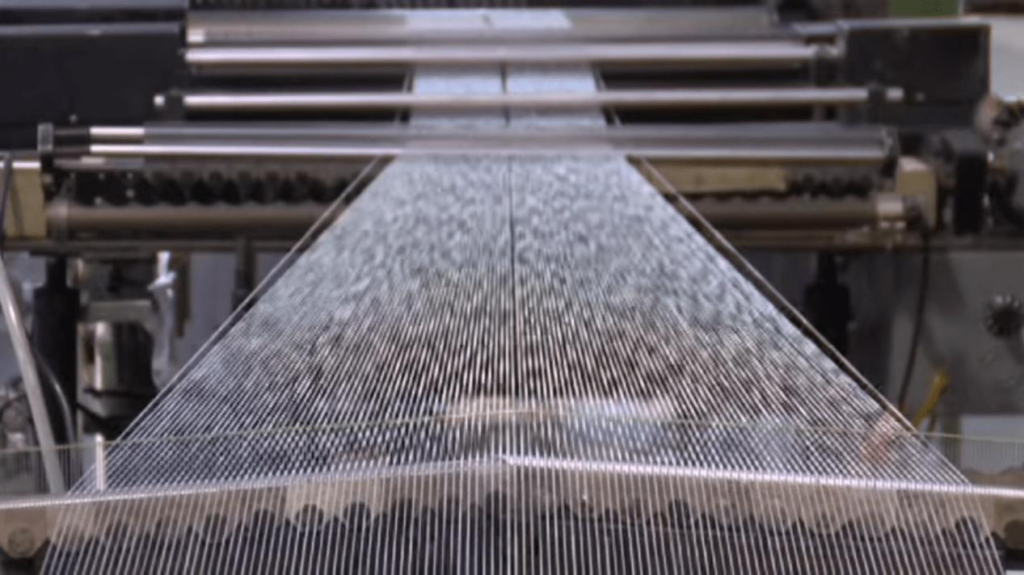
Pricing Considerations
Quality: The quality of the fabric is one of the most important factors to consider when it comes to pricing. Higher quality fabrics will generally cost more, but they will also be more durable and provide better performance.
Shipping costs: Shipping costs can vary widely depending on the distance between the manufacturer and the importer. It’s important to factor in shipping costs when calculating the total cost of importing the fabric.
Customs fees: Customs fees and import duties can also impact the pricing of imported fabric. These fees vary depending on the country of origin and the country of import.
Exchange rates: Exchange rates can also impact the pricing of imported fabric. Fluctuations in exchange rates can make importing more or less expensive depending on the currency being used.
Negotiation: Finally, negotiation with the supplier can also impact the pricing of imported fabric. It’s important to have a good understanding of the market and the supplier’s pricing structure in order to negotiate effectively.
When considering pricing for 600D PU coated fabric, it’s important to balance quality and cost. While it may be tempting to choose the cheapest option, it’s important to consider the long-term value of investing in higher quality fabric that will provide better performance and durability over time.
Shipping and Delivery Options
Shipping Methods:
Air Freight – This option is the fastest and most expensive. It is suitable for urgent and small shipments. Air freight usually takes 5-7 days for delivery and has a weight limit of up to 100kg per shipment. It is best for those who require quick turnaround times.
Sea Freight – This is the most common option for bulk shipments. It is cheaper than air freight, but it takes longer. Shipping by sea can take up to 30 days for delivery, depending on the destination. It is best for those who have large orders and do not require quick delivery times.
Courier Services – This option is a good alternative for small and urgent shipments. Courier services like DHL, FedEx, and UPS offer door-to-door delivery and can deliver within 1-3 days. However, this option is more expensive than sea freight.
Delivery Options:
FOB (Free on Board) – This option means that the seller is responsible for delivering the goods to the port of shipment. The buyer is responsible for the shipment from the port of shipment to the destination. This option is suitable for those who have their own logistics system and can handle the shipment from the port.
CIF (Cost, Insurance, and Freight) – This option means that the seller is responsible for delivering the goods to the port of destination, including the insurance and freight charges. The buyer is only responsible for unloading the goods and clearing customs. This option is suitable for those who want a hassle-free delivery and do not have their own logistics system.
EXW (Ex Works) – This option means that the buyer is responsible for all aspects of the shipment, including loading and transportation from the factory. This option is suitable for those who have their own logistics system and want full control over the shipment.
In conclusion, choosing the right shipping and delivery option for importing 600D PU coated fabric depends on the urgency of the order, the size of the shipment, and the buyer’s logistics system. It is important to consider all options and choose the one that fits your needs and budget.
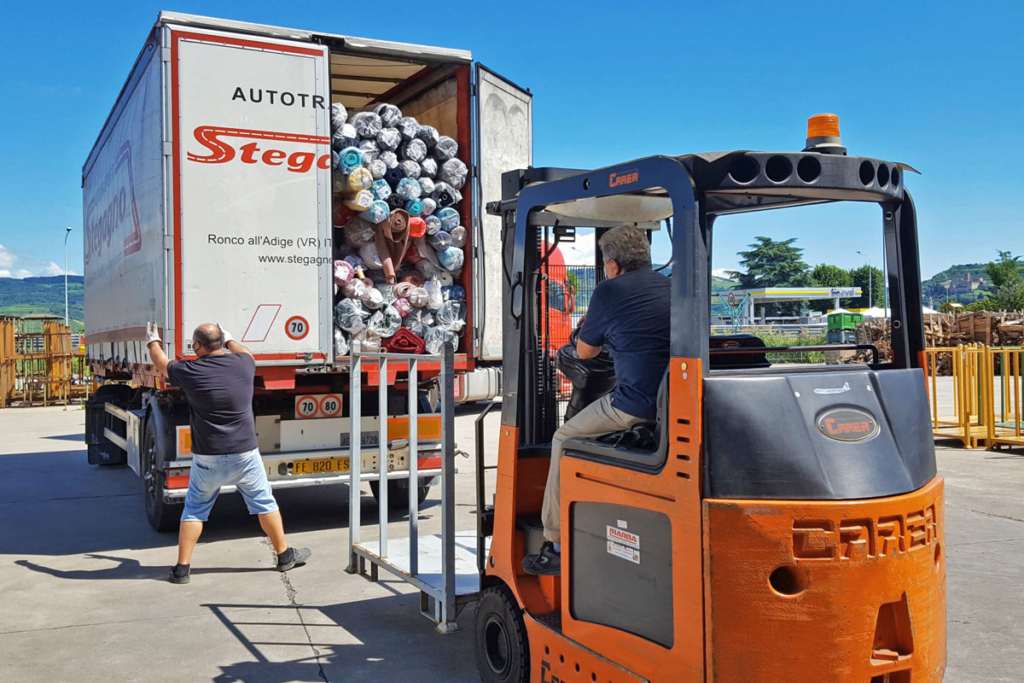
How to Use 600D PU Coated Fabric in Backpack Production
Different Types
School Backpacks
School backpacks are one of the most commonly used types of backpacks, and they are often made with 600D PU coated fabric. This fabric is perfect for school backpacks because it is strong enough to withstand the weight of books, laptops, and other school essentials. It is also waterproof, which protects the contents of the backpack from getting wet in case of rain.
Hiking Backpacks
Hiking backpacks are designed for outdoor enthusiasts who love to go on adventures. These backpacks are made with 600D PU coated fabric because it is durable enough to withstand the rugged terrain of hiking trails. The water-resistant properties of the fabric also make it perfect for protecting the contents of the backpack from getting wet during a rainstorm.
Travel Backpacks
Travel backpacks are designed for people who need to carry a lot of belongings when they travel. These backpacks are often made with 600D PU coated fabric because it is sturdy enough to handle the weight of the contents of the backpack. Additionally, the water-resistant properties of the fabric make it perfect for protecting the contents of the backpack from getting wet during travel.
Sports Backpacks
Sports backpacks are designed for athletes who need to carry around their sports gear. These backpacks are often made with 600D PU coated fabric because it is strong enough to handle the weight of sports equipment. The water-resistant properties of the fabric also make it perfect for protecting the contents of the backpack from getting wet during outdoor sports activities.
Business Backpacks
Business backpacks are designed for professionals who need to carry around their laptops, documents, and other business essentials. These backpacks are often made with 600D PU coated fabric because it is sturdy enough to handle the weight of laptops and documents. Additionally, the water-resistant properties of the fabric make it perfect for protecting the contents of the backpack from getting wet during rain.
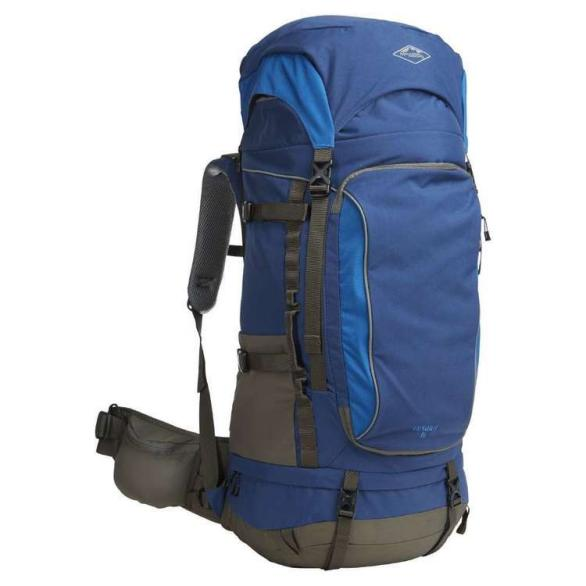
Best Practices for Design
Understand the Purpose of the Backpack
Before starting the design process, it is important to understand the purpose of the backpack. Will it be used for daily commuting, hiking, or traveling? This will help determine the size, shape, and features of the backpack.
Consider Ergonomics
Backpacks are meant to be carried on the back, so it is important to consider ergonomics when designing the backpack. The shoulder straps should be padded and adjustable to distribute the weight evenly. The back panel should also be padded for comfort.
Choose Quality Materials
The quality of the materials used in the backpack will impact its durability and performance. 600d PU coated fabric is a good choice for backpacks because it is strong and water-resistant. Other materials to consider include YKK zippers and Duraflex buckles.
Use Reinforced Stitching
Backpacks are subjected to a lot of wear and tear, so it is important to use reinforced stitching to ensure the backpack is durable. Use double or triple stitching in high-stress areas such as the shoulder straps and handle.
Incorporate Multiple Compartments
Backpacks with multiple compartments make it easier to organize and access items. Consider incorporating a laptop compartment, a water bottle holder, and multiple pockets for smaller items.
Test the Backpack
Before releasing the backpack to the market, it is important to test it for durability and performance. Have a group of people test the backpack in different conditions to ensure it can withstand everyday use.
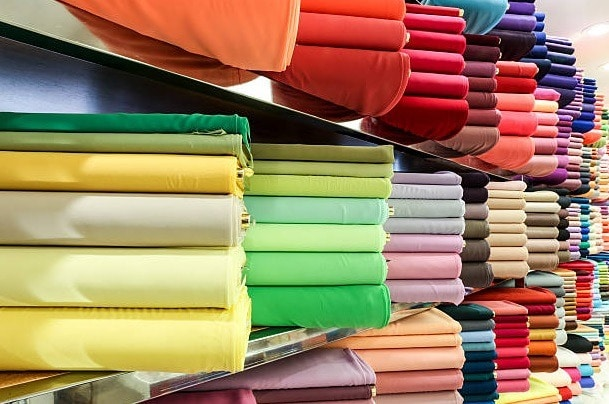
Comparison with Other Types of Backpack Fabrics
Durability: 600D PU coated fabric is made of a high-density polyester material, which makes it exceptionally durable and resistant to wear and tear. This makes it ideal for use in backpacks that are exposed to rough handling, heavy loads, and outdoor conditions.
Water resistance: The PU coating on 600D fabric provides excellent water resistance, making it ideal for use in backpacks that are used in wet conditions or for carrying items that need protection from water damage.
Versatility: 600D PU coated fabric is available in a wide range of colors, textures, and patterns, which makes it easy to customize and suitable for a variety of backpack designs and styles.
Cost-effective: Compared to other high-end materials such as Cordura, 600D PU coated fabric is relatively affordable, making it an attractive option for manufacturers who want to produce high-quality backpacks at a lower cost.
Weight: 600D PU coated fabric is relatively heavy, which can add to the overall weight of the backpack, making it less suitable for backpacks that need to be lightweight or used for long hikes or treks.
Breathability: The PU coating on 600D fabric can make it less breathable, which can cause discomfort for the user if they are carrying the backpack for extended periods, especially in hot and humid conditions.
Limited abrasion resistance: While 600D PU coated fabric is highly durable, it may not be as abrasion-resistant as some other materials, such as Cordura, which may lead to visible wear and tear over time.
Environmental concerns: PU coating is a synthetic material that is not biodegradable and may contribute to environmental pollution if not disposed of correctly.
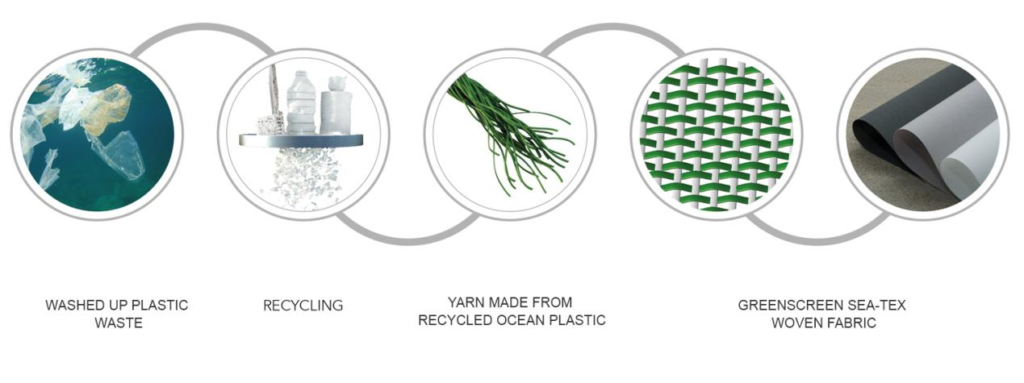
Frequently asked questions
What does “600d” mean?
“600d” refers to the denier count of the fabric. Denier is a unit of measurement used to describe the thickness of fibers or threads. A higher denier count means that the fabric is thicker and more durable. 600d fabric is a medium-weight fabric that is suitable for backpacks, luggage, and outdoor gear.
What is PU coating?
PU stands for polyurethane, which is a type of synthetic polymer. PU coating is a process of applying a layer of polyurethane to the surface of the fabric to improve its water resistance and durability. The coating is applied to the back of the fabric to create a waterproof barrier.
Is 600d PU coated fabric waterproof?
While 600d PU coated fabric is water-resistant, it is not completely waterproof. The level of water resistance depends on the thickness of the PU coating and the quality of the fabric. Generally, 600d PU coated fabric can withstand light to moderate rain and splashes of water, but it may not be suitable for heavy rain or submersion.
What are the advantages of using 600d PU coated fabric?
600d PU coated fabric offers several advantages for backpack manufacturers and importers. It is durable, abrasion-resistant, and tear-resistant, making it suitable for heavy-duty use. The PU coating provides water resistance, making it ideal for outdoor gear and backpacks. Additionally, 600d PU coated fabric is available in a wide range of colors and patterns, allowing manufacturers to create unique and stylish backpacks.
Are there any drawbacks to using 600d PU coated fabric?
One potential drawback of using 600d PU coated fabric is that it can be heavier than other types of bag fabrics. This may be a concern for backpack manufacturers who prioritize lightweight materials. Additionally, 600d PU coated fabric may be more expensive than other bag fabrics, which may affect the overall cost of the backpack.
Conclusion
In conclusion, 600D PU coated fabric is a popular and versatile material used in the manufacturing of a wide range of bags and outdoor gear. The term “600D” refers to the denier count of the fabric, which indicates the thickness and durability of the material. PU coating is a process of applying a layer of polyurethane to the surface of the fabric to improve its water resistance and durability.
600D PU coated fabric is known for its strength, abrasion resistance, and tear resistance, making it suitable for heavy-duty use. The PU coating provides water resistance, which is crucial for outdoor gear and backpacks. Additionally, the fabric is available in a wide range of colors and patterns, allowing manufacturers to create unique and stylish designs.
While 600D PU coated fabric may be heavier and more expensive than other types of bag fabrics, the benefits of using it outweigh the drawbacks. It is a durable and reliable material that can withstand harsh weather conditions and heavy use.
Overall, 600D PU coated fabric is an excellent choice for bag manufacturers and importers who prioritize durability, strength, and water resistance in their products. As a producer of bag fabrics, it’s important to keep up with the latest trends and technologies in the industry to provide high-quality products that meet the needs of your customers.



